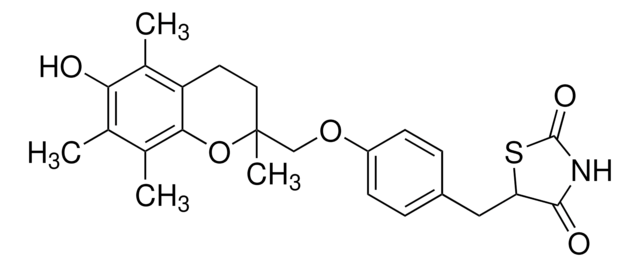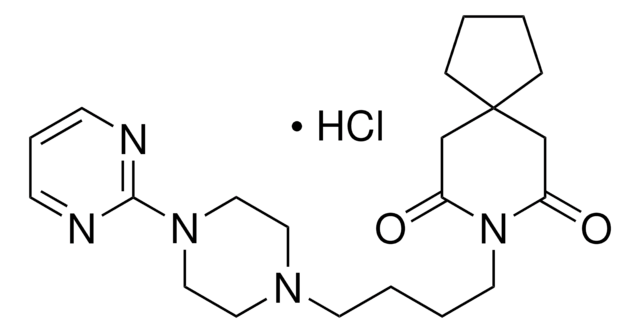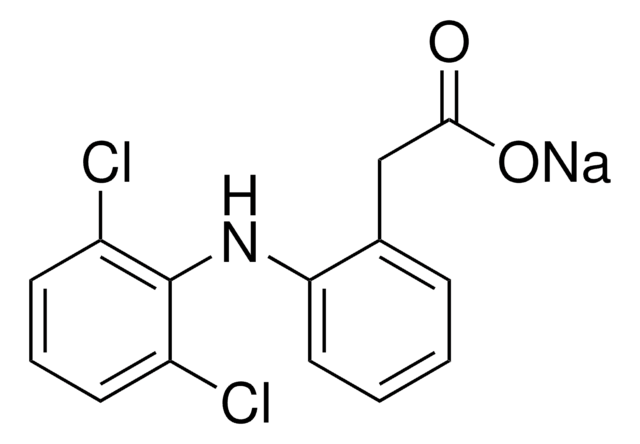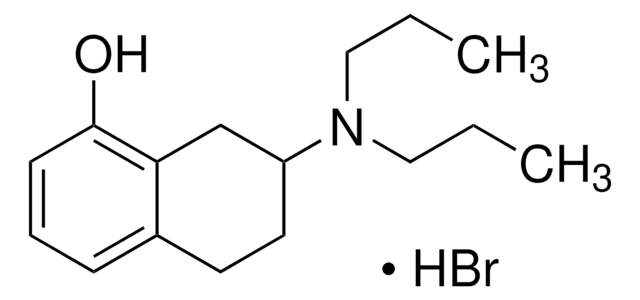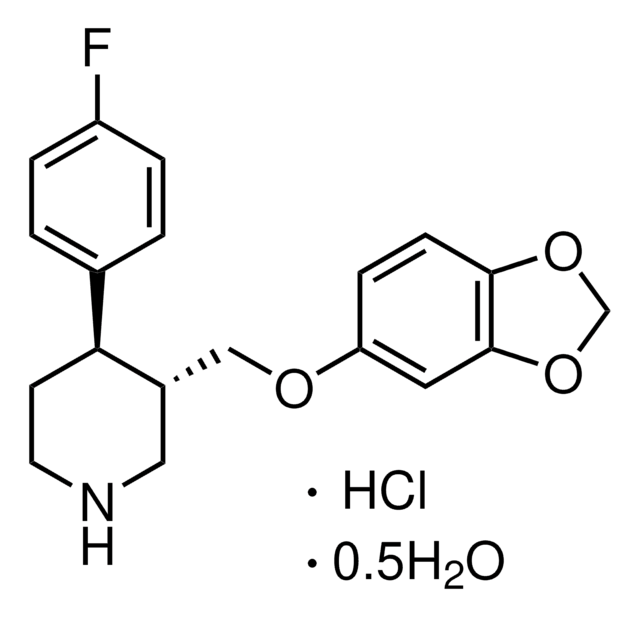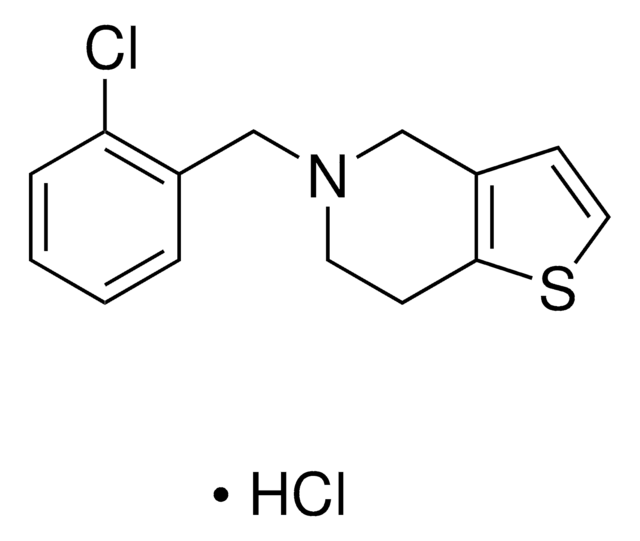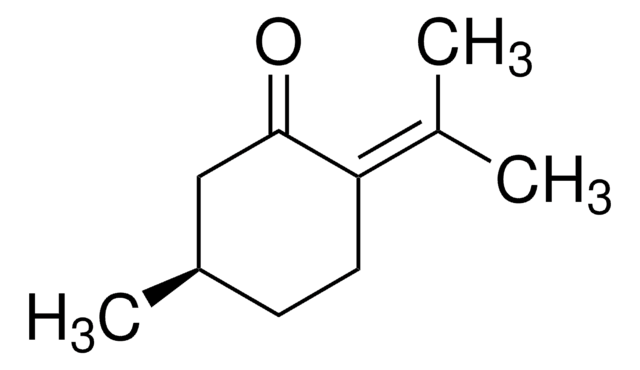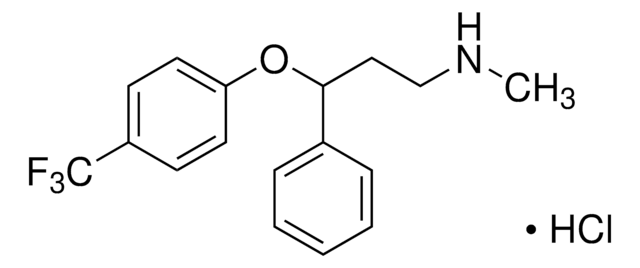Wichtige Dokumente
N5536
Nefazodon -hydrochlorid
≥98% (HPLC), solid, antidepressant
Synonym(e):
2-{3-[4-(3-Chlorphenyl)-1-piperazinyl]-propyl}-5-ethyl- 2,4-dihydro-4-(2-phenoxyethyl)-3H-1,2,4-triazol-3-on -hydrochlorid, BMY-13754, MJ-13754-1, Serzone
About This Item
Empfohlene Produkte
Produktbezeichnung
Nefazodon -hydrochlorid, ≥98% (HPLC), solid
Qualitätsniveau
Assay
≥98% (HPLC)
Form
solid
Lagerbedingungen
desiccated
Farbe
white
Löslichkeit
DMSO: ≥10 mg/mL
H2O: insoluble
Ersteller
Bristol-Myers Squibb
SMILES String
O=C1N(CCCN2CCN(C3=CC=CC(Cl)=C3)CC2)N=C(CC)N1CCOC4=CC=CC=C4.Cl
InChI
1S/C25H32ClN5O2.ClH/c1-2-24-27-31(25(32)30(24)18-19-33-23-10-4-3-5-11-23)13-7-12-28-14-16-29(17-15-28)22-9-6-8-21(26)20-22;/h3-6,8-11,20H,2,7,12-19H2,1H3;1H
InChIKey
DYCKFEBIOUQECE-UHFFFAOYSA-N
Angaben zum Gen
human ... HTR2A(3356) , HTR2C(3358) , SLC6A2(6530) , SLC6A4(6532)
Suchen Sie nach ähnlichen Produkten? Aufrufen Leitfaden zum Produktvergleich
Biochem./physiol. Wirkung
Leistungsmerkmale und Vorteile
Lagerklassenschlüssel
11 - Combustible Solids
WGK
WGK 3
Flammpunkt (°F)
Not applicable
Flammpunkt (°C)
Not applicable
Persönliche Schutzausrüstung
Eyeshields, Gloves, type N95 (US)
Hier finden Sie alle aktuellen Versionen:
Besitzen Sie dieses Produkt bereits?
In der Dokumentenbibliothek finden Sie die Dokumentation zu den Produkten, die Sie kürzlich erworben haben.
Kunden haben sich ebenfalls angesehen
Unser Team von Wissenschaftlern verfügt über Erfahrung in allen Forschungsbereichen einschließlich Life Science, Materialwissenschaften, chemischer Synthese, Chromatographie, Analytik und vielen mehr..
Setzen Sie sich mit dem technischen Dienst in Verbindung.